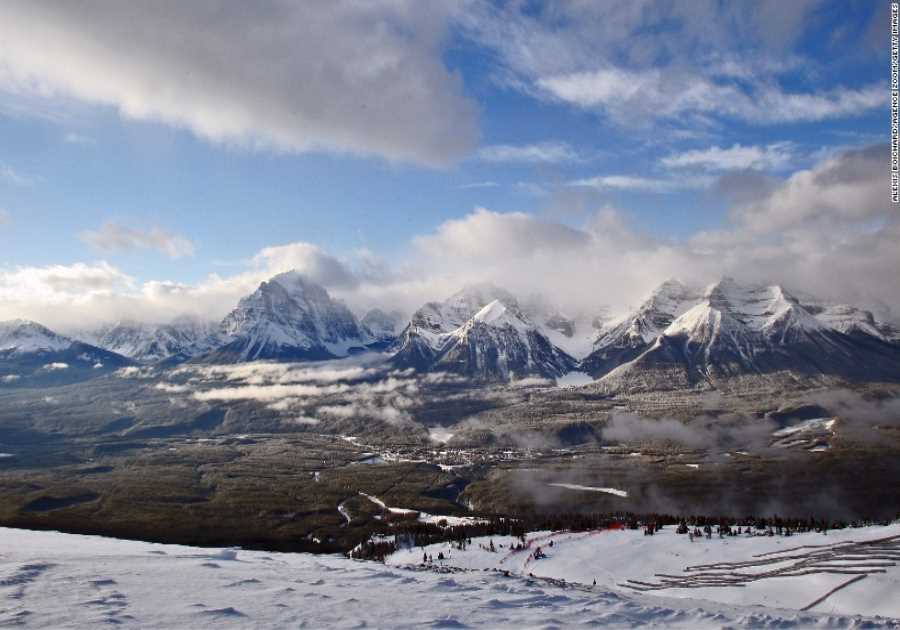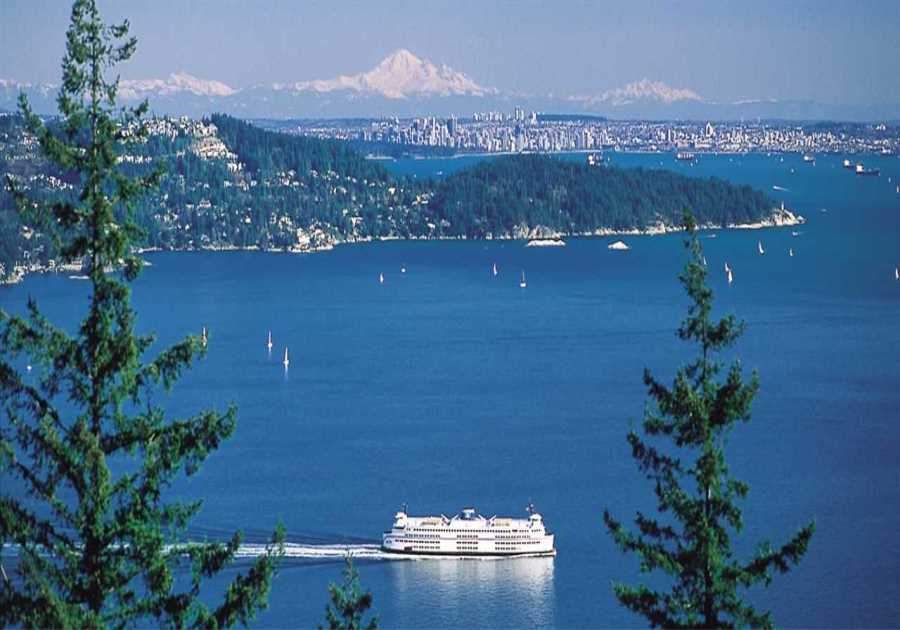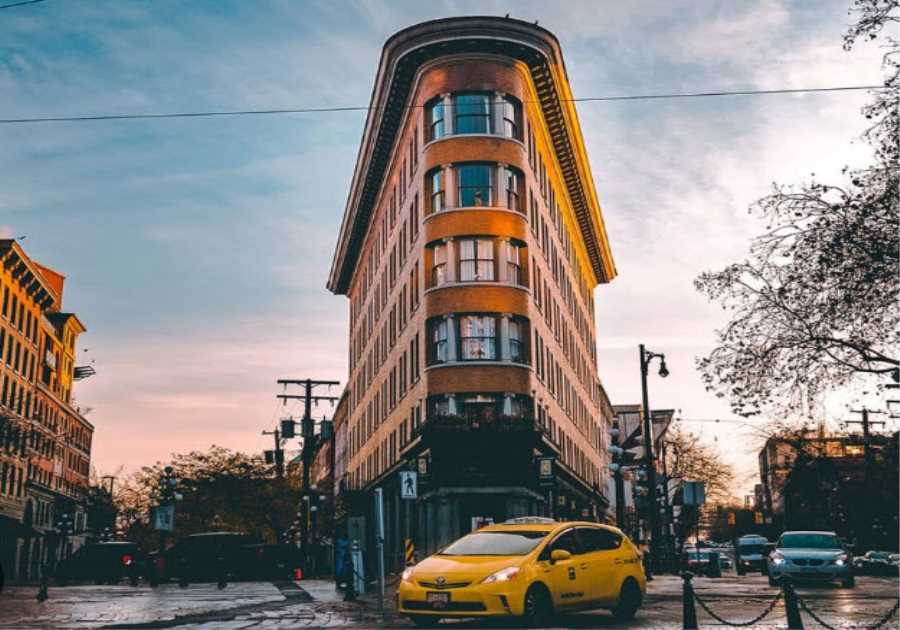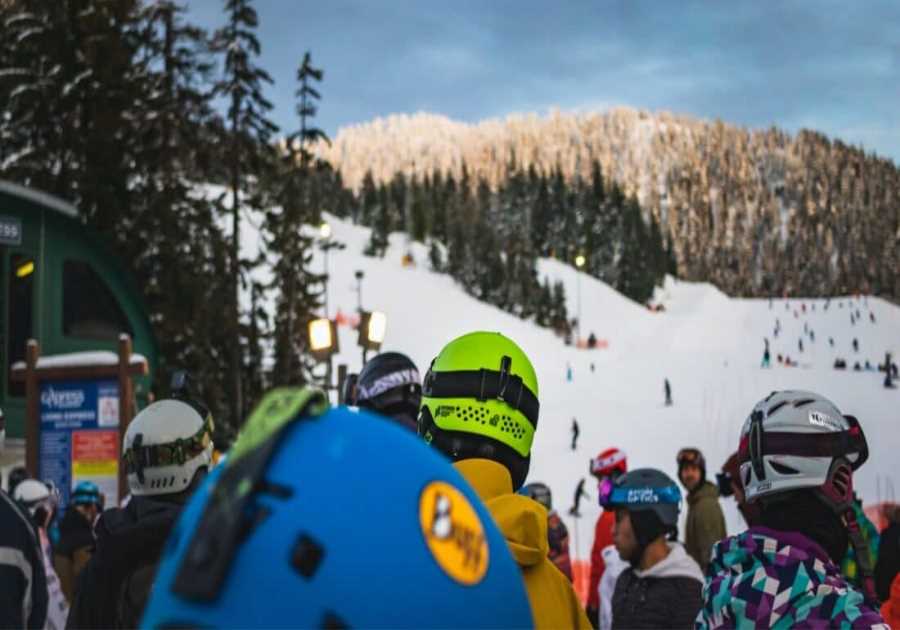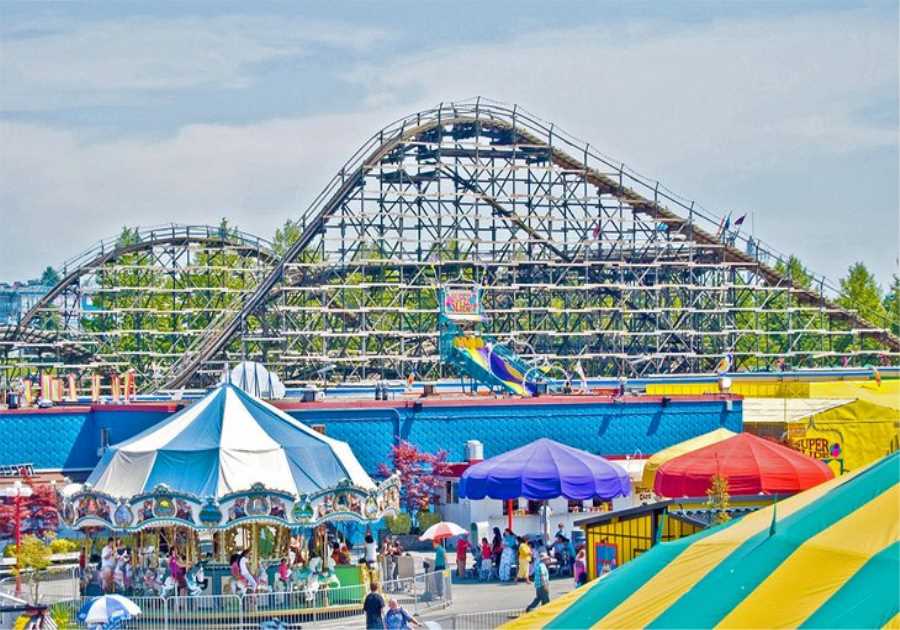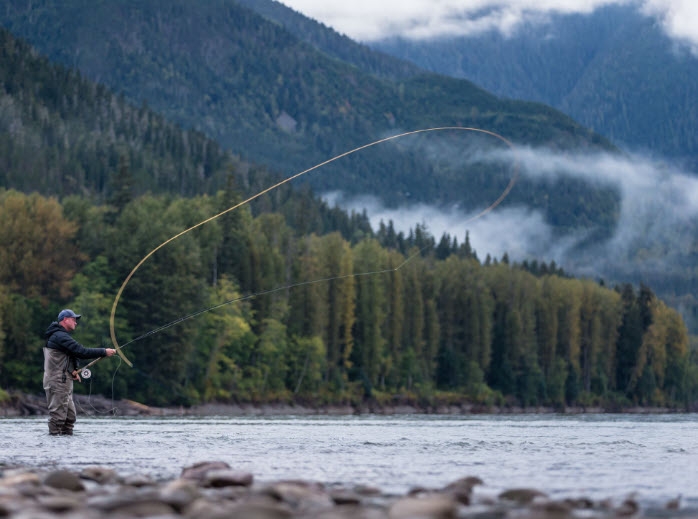
Fishing in British Columbia offers a world-class experience. Bordering the Pacific Ocean and the mountain range, it boasts incredible varieties of fish. Salmon, trout, smallmouth bass and steelhead are just a few that can be found here.
To ensure you catch the big one every time, know where to go and what techniques to use. It's essential to study up to maximize your catch. Navigation around the area will be key - you must consider where the fish live by considering certain factors such as water temperature, light penetration and seasonal migrations of fish species. Make sure your tackle is top-notch!
The secrets behind landing the big catch every time in British Columbia.
Fishing in British Columbia, Canada, has long been a celebrated pastime and adventure. But there are some secret tips and tricks to successful fishing that many don’t know about. Uncovering the secrets to catching a prized salmon or trout every time can be the difference between a happy day spent on the river or an empty net and memories of what could have been!
Discover how easy it is to find your trophy-winning catch with just a few basic tools: quality gear, local knowledge, preparation, patience… and knowing where to look. Knowing where to fish can make all the difference in finding swim ways most frequented by your desired species - these depend on things like seasonality, river systems, hatcheries, ocean currents and nearby nesting grounds.
Take salmon as an example: they tend to return from the ocean back upstream in late Spring/early Summer after spending years at sea building up their energy reserves with rapids and reefs along the way serving as obstacles for their journey back home. Traditional techniques involve trolling for smaller salmon (Sockeye) earlier in the year and switching techniques when larger fish (Chinook/Coho) enter fresher water nearer Fall.
For success, you need both skillful technique plus local know-how – this comes from understanding key locations where an abundance of prey congregate; timing of seasonal routes; selection of bait & tackle; arrival times based on tides; flow rates & safety considerations... all part of an ancient game with modern technology that results with thousands of satisfied anglers every year taking home dinner!
For effortless casting (literally!), investing in the excellent quality tackle is paramount as even novice anglers struggle when using inferior products - ensuring line strength & drag limits combined with strong rods & reels means fewer breakages during those frantic run-and-gun moments when landing The Big One!
Combine this knowledge with expert maps showing channel areas full of prize catches – topographic, marine charts over a decade old are mainly used by pros – allowing anyone to locate rapids and reefs which usually hold impressive fish lingering around waiting for bait… suddenly puts you far ahead of any competition!
Smallmouth bass
The Smallmouth Bass is a freshwater fish native to North America. It can be found in the Great Lakes and the Mississippi River watershed. Unlike the Largemouth Bass, the Smallmouth is well-established in the sport fishing industry.
Smallmouth bass has been introduced to British Columbia since the early 20th century, primarily in Christina and Quennell Lakes. Although these fisheries have produced some nice bass, they are also considered a serious threat to native animals and habitats.
They feed on various prey, including crayfish, aquatic insects, juvenile salmon, and other species. Aside from feeding, Smallmouth Bass can be aggressive predators, capable of leaping great distances.
Bass can be caught in many different lakes throughout British Columbia. Some of the more popular ones include St. Mary Lake and Osoyoos Pond, located in B.C. and Washington states, respectively.
Halibut
For many people, halibut is one of the tastiest fish in the Pacific Ocean. The mild flavour and firm texture make it an excellent choice for fish and chips, stir-fry, or other dishes. But to get the most out of your halibut fishing experience, you need to know where to go and what to fish for.
Halibut are found throughout the North Pacific Ocean. Their range stretches from Vancouver Island to Japan and Russian waters. They are popular targets for both commercial and recreational fishermen. Unlike salmon, halibut are bottom feeders, meaning they prefer to feed on rock piles, gravel, sand, and other bottom structures.
Fishing for halibut requires special equipment. You'll need a strong rod and reel. These are usually six or seven feet long and have a balanced design to withstand the powerful pull of halibut.
Steelhead
British Columbia is home to some of the world's best steelhead fishing. With various tributaries, there is a large selection to choose from. Whether you are a beginner or a seasoned angler, there is always something new to discover.
Many factors affect the quality of a steelhead fishing trip. One is the weather. Although you can't control it, you can try to plan your trip around it.
The most important part of a successful trip is the timing. The time of year and the weather are both major factors. A general rule of thumb is to plan trips to coincide with good weather.
If you are going to fish in BC, you must prepare adequately. Make sure you wear warm clothing and a comfortable wading outfit. Also, don't forget a fly rod and the correct gear for fishing in the Pacific Northwest.
Salmon
There are several reasons why salmon fishing in British Columbia is so popular. Whether you are a veteran angler or new to the sport, there are many opportunities for you to enjoy. From half-day excursions near your home to more adventurous adventures, there's something for everyone.
The most common method of fishing for salmon in BC is trolling. Many fishing lodges along the central coast offer guided or un-guided trips. They also offer basic wilderness amenities, such as hot showers and laundry facilities.
Another way to catch a salmon is to drag a lure or float in deep water. Salmon are anadromous, meaning they spend more time in the air than in the water.
In the fall, chum salmon are a great bet. These anadromous fish are known for their amazing fight. Some have been seen to reach as much as 20 pounds!
Trout
There are wide varieties of trout and salmon to fish for in British Columbia. However, the two most common species are lake trout and rainbow trout.
During the summer, anglers enjoy fishing for these fish. They are available in rivers, lakes, and streams. These fish can be a fun challenge to catch. If you want a good time, consider a full-day fishing trip. A guide can help you learn new skills and catch fish.
In addition to the popular fish, the region offers great opportunities to target white sturgeon. Those who catch white sturgeon must obtain a special licence. This fish can grow to be quite large.
Besides the salmon, there are also other native fish in British Columbia. Some of them are the brook trout and the Dolly Varden.
Frequently Asked Questions
How much does it set you back to travel around Vancouver Canada?
Vancouver taxi rides cost an average $12.00 per mile. The average cost of a taxi ride from downtown to UBC (University of British Columbia), is USD 30.00.
It costs USD 5.50 per hour to rent Vancouver's car.
Buses are also the cheapest option. SkyTrain single tickets cost CAD 2.80 (USD 3.40) while day passes are only CAD 5.60 (5.20 USD).
What is the best amount of money to bring to Vancouver?
The length of your stay will determine how much money you need. You can bring $500 if you are going on an overnight vacation. But, if you plan on staying longer, you may need more cash.
You'll likely spend the majority of your time shopping, sightseeing, dining out, relaxing, and eating out. Be sure to bring lots of toiletries and clothes.
Additionally, you could spend a lot more time exploring the city. Bring your camera. You will likely be outdoors a lot so make sure to bring sunscreen.
What is Vancouver's favorite food?
Sushi is a very popular food in Vancouver. Sushi is a popular food in Vancouver.
Sushi attracts people who appreciate exotic foods. Sushi is very low in calories so it's a good choice for those who are looking to eat healthy.
There are many varieties of sushi and each one has its own unique characteristics. California rolls contain raw fish and spicy rolls contain grilled tuna.
Fresh sushi is the best way to enjoy it. If you buy prepared sushi, ensure it hasn't been sitting too long. Stick to a six-hour limit on the time you eat sushi.
These restaurants offer delicious sushi in Vancouver.
Maki Noodle House – This restaurant serves traditional Japanese cuisine and sushi.
Koi - This restaurant specializes in sushi but also serves other Asian cuisine such as noodles and ramen.
Sushi Maru - This restaurant has a wide variety of sushi, including special rolls.
Tojo's Restaurant – This popular sushi restaurant is located in Vancouver. It is known for its fresh fish and unique sushi creations.
What is Vancouver, Canada's most famous landmark?
Vancouver is well-known for its fresh seafood.
Vancouver also has a number of microbreweries in which visitors can try local beer such as Storm Brewing Company or Steamworks Brewery. Granville Island Brewing Company, Big Rock Brewery, Granville Island Brewing Company, Granville Island Brewing Company, Granville Island Brewing Company, Granville Island Brewing Company, and many more.
There are many craft bars that offer creative cocktails, including Bluebird Cafe, Slainte Irish Pub and Barboza.
There are many restaurants in the city that offer international cuisines, such as Chinese, Mexican, Thai, Vietnamese and Korean.
There are many cafes and bakeries that sell delicious pastries, breads, cakes, and cookies.
For shopping enthusiasts, Vancouver is home to some of the largest malls in North America, including Pacific Centre Mall (Pacific Centre), Metropolis at Metrotown (Metropolis), and Westgate Square Shopping Centre (Westgate).
Other attractions that are popular include Science World and Museum of Anthropology, Museum of Contemporary Art in Vancouver, Vancouver Aquarium, VanDusen Botanical Garden.
Vancouver, how many days?
In a city full of art, culture. history. music. food. and outdoor activities, it is impossible to be bored.
It is easy to find excellent restaurants, museums or galleries within walking distance.
Even better, you might be able to catch an open-air performance while waiting on the next bus.
The best way of seeing the city is to simply walk around it. Enjoy a walk along the seawall, Granville Island Market and Stanley Park, as well as exploring Gastown, Chinatown and Little Italy. Also, take a trip to Cineplex Odeon Cinemas. Go hiking at Mount Seymour Provincial Park. Visit False Creek or Point Grey, or taste wine at one of the nearby vineyards.
Vancouver is more than a great place to live. It's a lively community filled with exciting people. So whether you decide to stay here permanently or just for a few months, we hope you enjoy our city as much as we do.
What's Vancouver famously known for?
Let me tell you about Vancouver's reputation. It's the place where we live.
Vancouver is a city I am sure you have heard of. Did you also know that Vancouver is home of more than 1,000,000 residents? Vancouver is Canada's most populous city.
Vancouverites love Vancouver because of the many outdoor activities available. Our favourite outdoor activities include hiking, skiing, cycling, sailing, kayaking and fishing.
We also have world-class restaurants and art galleries, museums and theatres, shopping centers, festivals, parks, and other attractions. There are so many fun things to do in Vancouver that you'll plan your next trip well ahead of time.
The best thing is that Vancouver's climate allows us to feel like we're in vacation all year. Vancouver is a wonderful place to vacation, visit loved ones or search for great places.
It will be a great decision that you won't regret.
Statistics
- Sixty-four percent of residents voted in favour of hosting the games.[72] After the Olympic joy had faded, Campbell's popularity started to fall. (en.wikipedia.org)
- During the 1770s, smallpox killed at least 30 percent of the Pacific Northwest First Nations. (en.wikipedia.org)
- 12.5 percent of the province's area (114,000 km2 or 44,000 sq mi) is considered protected under one of the 14 different designations that includes over 800 distinct areas. (en.wikipedia.org)
- British Columbia has moved from approximately 10 percent of Canada's population in 1971 to approximately 13 percent in 2006. (en.wikipedia.org)
- *Likely to sell out: Based on Viator's booking data and information from the provider from the past 30 days, it seems likely this experience will sell out through Viator, a Tripadvisor company. (tripadvisor.com)
External Links
hellobc.com
dailyhive.com
www2.gov.bc.ca
- Population Estimates for British Columbia
- Ministry of Agriculture and Food-Province of British Columbia
cbc.ca
How To
How To See Vancouver By Bicycle
Vancouver is a beautiful city in Canada. It's situated on the Pacific Ocean, at the west coast of North America. The city was founded in 1849. It is a popular destination for many reasons. One reason is its natural beauty. Another reason is its rich culture and historical history. Many tourists travel to the mountains, rivers and lakes, as well as parks, gardens, historical sites, and parks. They are looking for activities such as hiking, swimming, fishing and horseback riding.
Learn how to cycle around Vancouver and get a better understanding of this wonderful city. You can rent bikes from a local shop or use public transport.
You can use these tips to get started if you are going alone. You should ensure that your tires have good air pressure. Second, protect your skin from the sun and rain with clothing. Remember to bring water and snacks. Fourth, don't forget your helmet! Fifth, avoid going too fast. Sixth, don't speed around. Seventh, be aware of traffic signs. Stop and rest when you're tired.
You can travel with friends and family. You can share stories, jokes, and experiences if you ride together. You can also have your children with you to keep track of their belongings. Finally, you can hire a tour guide who knows the best places to visit.
.png)
